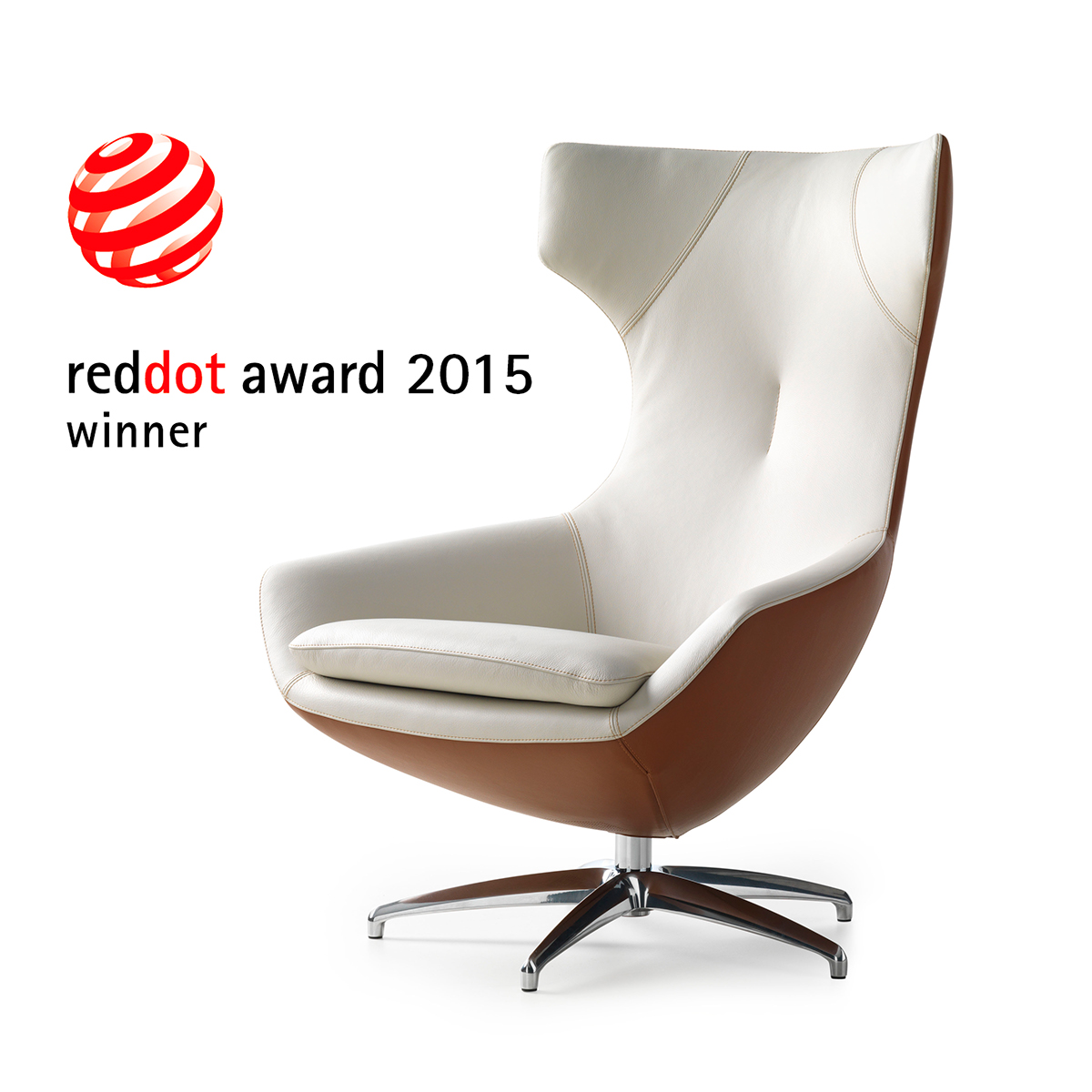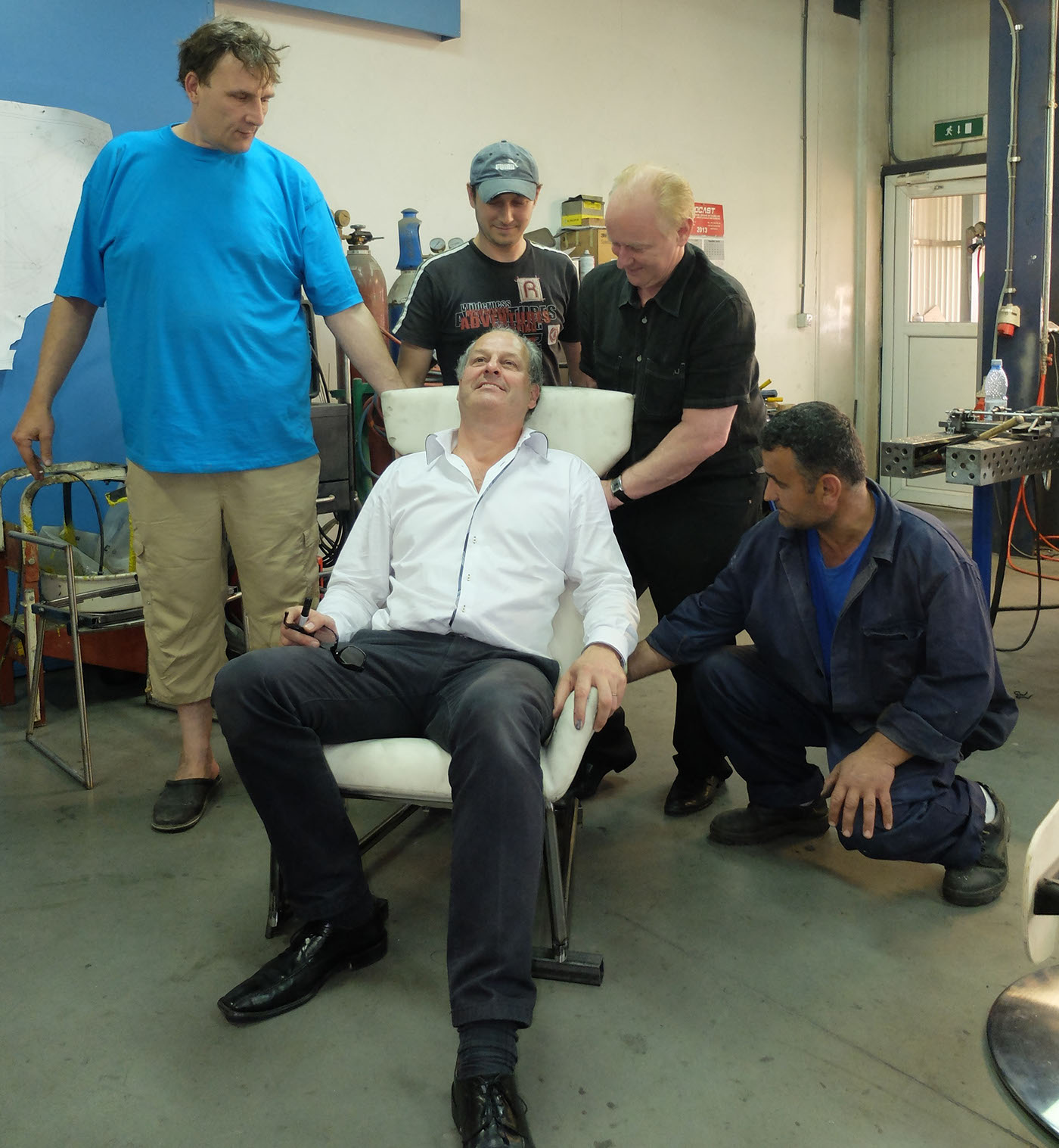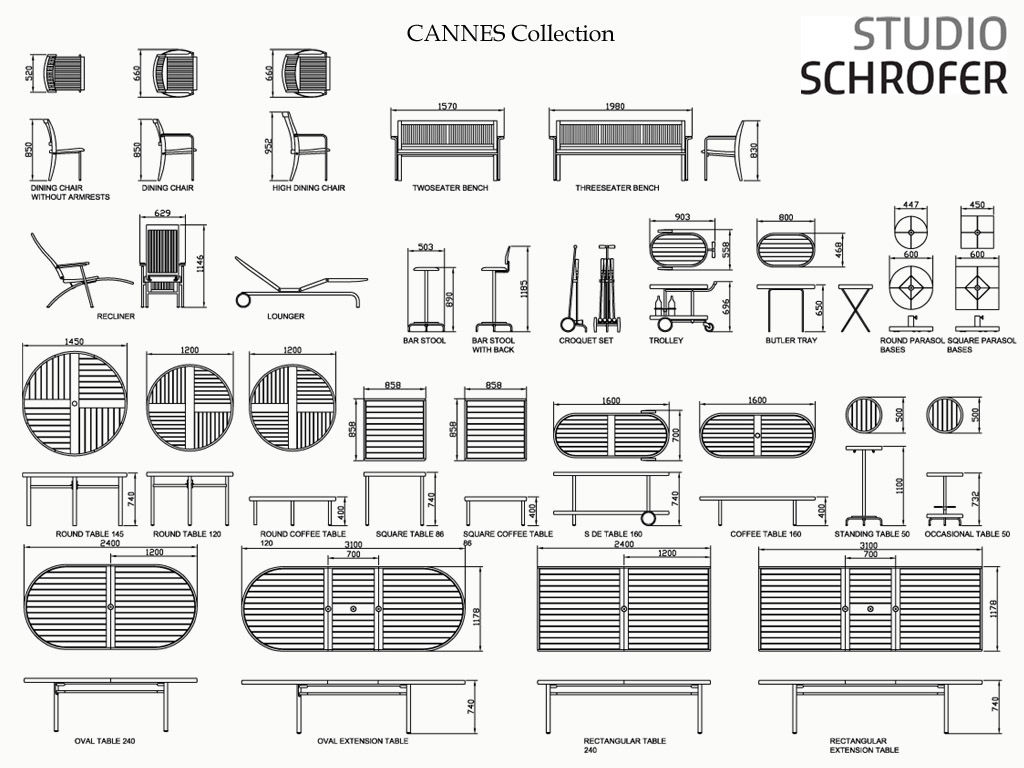So You Want a Red Dot Too?
25 Insights from 30 Years of Design - Frans Schrofer

Design started as an accident. I was a teenager hiding out in a small room I called my workshop. There was a lot of Styrofoam piling up and so I started to carve scale models of sofas that I’d like to have in my house someday. I’ve been designing furniture ever since.
Winning the International Red Dot Product Design award in 2015 for the Caruzzo armchair was an honor, of course, but a shock too. I still feel like a kid fooling around in the basement. But over the last 30 years I’ve learned some things too…
1) Get your hands dirty.
I love everything on wheels: Puch mopeds, Solex scooters, motorcycles and now old Citröens. I’m fascinated with how things work. I work alongside craftsmen to learn their particular specialty. I use my hands.

Factories: Love them! Each one has their own speciality, craftsmen, technicians. We learn from each other.
2) Talk the talk
Your buyer isn’t one person but a company full of people who all want something different. Sales people need a narrative to devise a pitch. Management wants to hear how your design fits into their collection. R&D is into materials and scaling up. Speak their “lingo”.

The Zyba relax fauteuil for Bert Plantagie collection. Consumers wanted the option with / out headrest.
3) Get your ya-ya’s out!
Frustration makes good design. Find that hole in the market, the gap that drives you crazy. Start sketching a solution and connect with those in the industry who share your frustration and want to solve it too.
4) Listen to your Body
Design is a lot about appearances but I think comfort is equally important. Inhabit your design. Are your shoulders, back and legs all well supported? Can you comfortably read, watch TV or cuddle with your kids?

My designs are above all comfortable. That perfect balance between appearance and comfort is a science.
5) Question your Culture
Did you know Northern Europeans prefer harder seating than Southern Europeans? Or that certain groups of 65+ seniors have the same tastes as 30 year olds? Don’t assume anything.

The Ghost Chair for Belgium luxury brand Durlet. Organically shaped, soft seating, firm structure.
6) The sum of component parts > the whole
Component part manufacturers are key to the industry. They supply the frames, mechanisms, nuts & bolts, tapes and facings, all those things the end-user won’t see but a good designer will. They’ll make your world so much better. And, by the way, they are probably the best spokespeople for your design career. Get to know them!

Germany's Becker in Brakel: One of the world's best pressed wood suppliers. They selected my design Mobiüs for prototyping and called it a "beautiful headache". They go the extra mile to make perfect parts for a perfect sit!
7) Shine bright like a Diamond
Be proud of yourself, your accomplishments, but also your city, your schools, your background, your country, your culture. You are a product of all of the above and your designs are a result of these influences.

8) Be a bee - Cross pollinate techniques and
technologies
technologies
Indoor styling for outdoor gardens? Metal pressing auto technology for lighting designs? These are just some of the techniques we used. There are hundreds of such cross-overs waiting out there.

OlympiQ for Dutch brand Safretti uses a Peltier element that generates a electronic ventilator which optimises wood burning upto 80%.
9) Hate waste
Don’t buy products that are cheaply made or have short life cycles. If you aren’t solving waste, you are still a part of the problem.

The last place you want your design to end up. Create value in everything you design.
10) Be a squirrel
Save your ideas. After 30 years I have hundreds of scale models, thousands of bound sketches, dozens of story boards, cabinets full of data on industrial players. Some were ahead of their time; some still are. But this physical archive serves as a back up memory and a constant source of inspiration.
11) Master Chef
Sometimes I have all the design burners on, we’re cooking away and yet something’s missing. Other times, everything just flows. Some of my most commercially successful designs were conceived in 20 minutes while others took up to 15 years. A design baby delivery is a synchronic series of events, coordinates, contacts, and universal resonance.

The final shape for the Caruzzo for Leolux, was a design 5 years in the making. The sharp exterior shape contrasts with the soft seat ergonomics, designed for the contemporary body type.
12) Cultivate client bio-diversity
Peacocks, racehorses, cows and chickens, even elephants, you want them all in your zoo. Some will be for show and others for the prize money, while the cows and chickens provide you with ample sustenance. That elephant can be slow but when it moves – watch out! On occasion the ass will enter your paradise – use that as a learning experience in patience and discipline.
13) Inside the Fishbowl
It’s a small world and design is a small industry. Behave yourself.
14) One Trick Pony
Don’t go for that one-hit wonder. You can do better than that.
15) Be generous
Design is about doing something for other people: giving comfort and convenience and most of all contentment. I donate time to mentor young students, provide internships, host a few fundraisers and support a few charities. My design team members have the same generous approach to life, which builds an incredible trust among us.

2015 Studio Schrofer helped sponsor six Dutch carpentry students to travel as The Flying Carpenters to Hope North, Uganda to make bunk beds and picnic tables for 300 residents. KLM Wings of Support allowed extra luggage for the donated hand tools from Dutch organisation Rescued Tools
16) Monkey in the Middle
I’m the grease monkey designer. Stephanie is the design digger and stylist. Chiel is the artist/engineer. Sonia is the juggler. I need these complimentary skills to be able to address all the issues in the developmental process. Organize your own team of monkeys to strengthen your skills and talents.

17) Learn from f*#% ups
Need I say more?
18) Don’t be a Design Tourist
When you don’t engage in the culture of another country, its craftsmen and technology and only admire the purty stuff - you are a Design Tourist. You are not learning from their traditions, values or skills nor are you sharing yours with them. Design tourism is one of the most wasteful growing industries in the world.

19) Exit your Mental Ghetto
Go to an old people’s home and see their functioning problems. Volunteer at a multi-cultural integration program and understand discrimination. Homophobic? Go to the Gay Parade. Good designers have rich inclusive minds. All good people do.

Studio Schrofer Mood board - Think Pink - Go beyond your boundaries!
20) The World is Flat
Economically, politically, socially, environmentally: we need to re-learn, like a baby, how to walk. Re-learn the lessons from our ancestors and ancient cultures crafts and philosophies how to respect each other and our planet earth. We need to look ourselves in the mirror and be self-critical. Our new will be a return to the old, based on classic industries, products that have withstood the test of time.

Studio Schrofer Mood board - this is how we explain the world around us to design forward.
21) Act like Adam & Eve
With the right DNA of materials and forms, production processes start creating “brother and sister” products. Families of products create production efficiencies, a solid collection for marketing, and a unified base of functionality for users. Think about garden dining chairs that spawn matching tables, lounge chairs, sunbeds, trolleys, etc.

The Cannes Collection for ListerUK was designed to minimize the use of teak wood by combining stainless steel elements.
22) Where’s the Beef?
We all have to live, put food on the table and a roof over our heads. So why is it so hard to talk about money? Set remuneration conditions early on in the relationship. Do you need a developmental budget or can you stick it out until the royalties come in? Be careful.
23) Whack your weaknesses.
Even better, turn a weakness into a strength. Impatient? Create a tickler file for follow up. Too many ideas? Get a review commission together to help you focus. Unfocussed? Use on-line group calendars to get you and your team on time.
24) Stick it in your ear.
Let industry gossip stay there. Don’t let it pass through your mouth.
25) Make your Mark
We all work differently. Tweaking and refining is how I find inspiration for improvement. A recognizable way of working, designing and communication can become your hallmark and eventually your legacy.



